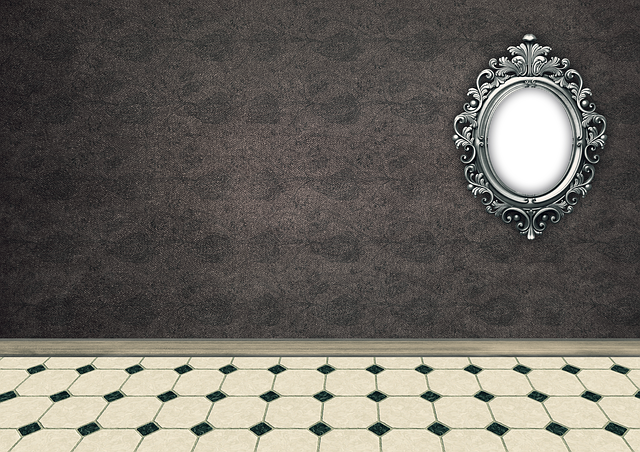Hardwood kitchen floors offer timeless elegance, durability, and versatility, integrating seamlessly with various design styles from rustic to modern. Oak, maple, and walnut are popular choices for their beauty and resistance to heavy foot traffic. With proper care including regular sweeping, mopping, polishing, and sealing, these floors can last for years, enhancing the space's value and serving as a lasting centerpiece.
Looking for a flooring material that adds both style and durability to your kitchen? Consider hardwood kitchen floors – a timeless choice that never goes out of fashion. This article delves into the enduring charm, environmental benefits, popular species like oak and maple, as well as maintenance tips to ensure your investment lasts. Discover why natural hardwoods are an excellent option for any kitchen design.
- The Timeless Charm of Hardwood Kitchen Floors
- Benefits of Opting for Natural Hardwoods
- Popular Hardwood Species for Kitchen Design
- Maintenance and Longevity: Ensuring Your Investment Lasts
The Timeless Charm of Hardwood Kitchen Floors
Hardwood kitchen floors have long been a timeless staple in interior design, exuding natural elegance and warmth that complements any style. Their enduring appeal lies in their versatility, seamlessly integrating with various kitchen aesthetics, from rustic to modern. More than just a flooring option, hardwood adds depth and character to the space, enhancing the overall ambiance and creating a cozy atmosphere where meals are shared and memories are made.
The beauty of hardwood lies not only in its visual allure but also in its durability. Properly maintained, these floors can last for generations, making them an investment that stands the test of time. Their natural resilience to wear and tear ensures they remain a robust choice for high-traffic areas like kitchens, while their ability to be refinished offers a fresh look without compromising on quality or history.
Benefits of Opting for Natural Hardwoods
Opting for natural hardwoods as your kitchen flooring offers a multitude of benefits that extend far beyond aesthetics. Hardwood floors provide exceptional durability, capable of withstanding high foot traffic and the constant exposure to moisture that comes with food preparation. They also boast excellent resilience, ensuring they can withstand scratches and dents, thus preserving their beauty over time.
Moreover, natural hardwoods are known for their versatility in enhancing various kitchen design styles—from traditional to modern—and they can be easily refinished if ever damaged or faded, allowing them to maintain their timeless appeal for years to come. This makes hardwood kitchen floors not just a smart choice, but an investment that will only increase the value of your space.
Popular Hardwood Species for Kitchen Design
When it comes to timeless flooring materials for kitchens, hardwood floors top the list. They offer both durability and aesthetic appeal, making them a popular choice among homeowners and designers alike. In kitchen design, certain hardwood species stand out for their beauty and resistance to heavy foot traffic.
Among the most sought-after hardwood species for kitchen floors are oak, maple, and walnut. Oak is renowned for its rich grain patterns and strength, making it ideal for high-use areas. Maple, known for its light color and smooth texture, adds a bright, modern touch to any kitchen design. Walnut, with its deep, dark hues and distinctive figure, provides a sophisticated and timeless look. Each of these species not only enhances the visual appeal of the space but also contributes to the overall warmth and character of a kitchen.
Maintenance and Longevity: Ensuring Your Investment Lasts
Maintaining timeless flooring materials like hardwood kitchen floors is key to ensuring your investment lasts for years to come. Unlike laminates or vinyl, which may require frequent replacement, well-cared-for hardwood floors can remain in excellent condition with minimal upkeep. Regular sweeping and mopping with mild cleaning solutions are essential to prevent dirt buildup and damage from harsh chemicals.
Regular polishing and sealing also play a vital role in preserving the beauty and integrity of your hardwood kitchen floors. A good seal protects against moisture, which is especially important in kitchens where spills and steam are common. By consistently maintaining these practices, you’ll not only extend the life of your flooring but also maintain its natural allure, making it a lasting centerpiece in any kitchen design.
Hardwood kitchen floors offer an enduring, elegant option for any design aesthetic. With proper care, these natural materials can last generations, enhancing your space and providing a warm, timeless appeal that never goes out of style. Investing in hardwoods is a sustainable choice that contributes to a beautiful, durable kitchen environment.
